Hello travel lovers! Are you dreaming of your next trip? I recently watched a fantastic YouTube video featuring the most beautiful destinations on Jeju Island, and it instantly sparked my wanderlust. Jeju is a stunning island off Korea’s southern coast, beloved both by domestic travellers and tourists from across Asia. Today, based on that video, I’m excited to share 10 must-visit spots on Jeju Island that you really shouldn’t miss.
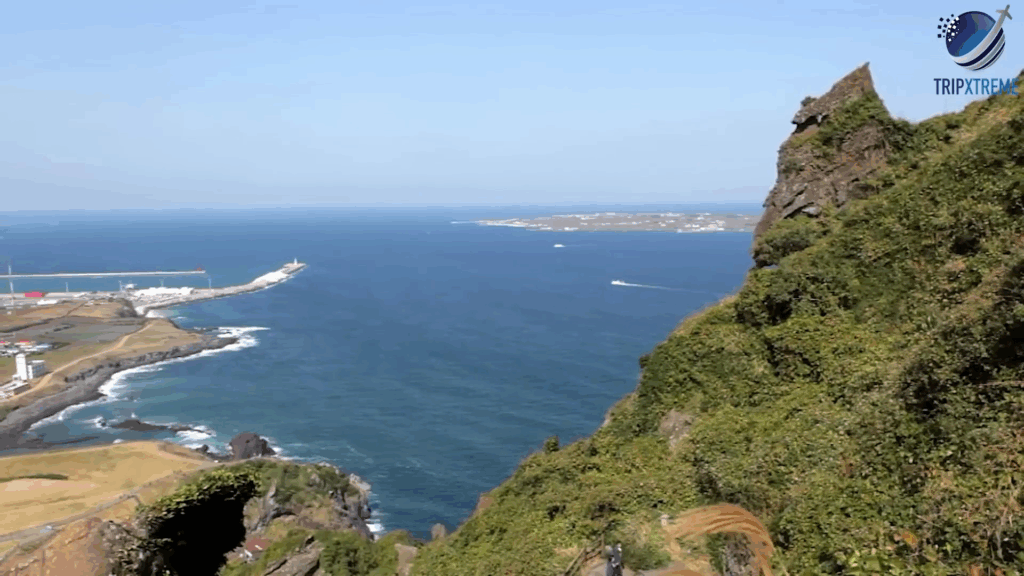
1. Jeju Mini Land — A World Tour in Miniature
The first stop is 제주 미니랜드 (Jeju Mini Land), a theme park where you can explore shrunk-down versions of global landmarks. There are over 115 structures from 50 countries, including the Leaning Tower of Pisa, the Taj Mahal, and the Eiffel Tower — all in one place.
What makes it especially great for family travel: there are short 30-minute craft experiences (make a T-shirt, pouch or handkerchief). You get to “travel the world” with kids, and also let them make their own souvenir.
It’s a fun, playful way to experience culture and global architecture on Jeju Island.
2. Seongsan Ilchulbong (Sunrise Peak) — Majestic Sunrise Experience
Next is 성산 일출봉 (Seongsan Ilchulbong), one of Jeju’s most iconic sunrise locations. As the name suggests, many visitors climb early to greet the dawn. According to the video, though, fog sometimes blankets the summit, so arriving early and planning for weather is wise.
The trail to the peak has around 600 steps, so pack water, warm clothes, and snacks. Even if you don’t catch the perfect sunrise, the hike itself offers powerful views and a memorable experience.
3. Jeju Stone Park (Dol Culture Park) — Mystical Stone Art & Folklore
At the 제주 돌 문화공원 (Jeju Stone Culture Park), you enter a world of volcanic stone sculptures and the island’s myths. Here, local basalt rock is sculpted into guardian figures, household protectors, and monuments that reflect Jeju’s folklore.
The park also features a museum with exhibitions of the island’s legends and traditional houses with thatched roofs. It’s a deeply cultural stop — you’ll gain insight into Jeju’s history, geology and folk beliefs all in one place.
4. Jeju World Natural Heritage Centre — Learn the Island’s Volcanic Story
The 제주 세계자연유산센터 (Jeju World Natural Heritage Centre) is a treasure for anyone curious about nature. It explains how Jeju’s volcanic activity shaped the island’s unique landscapes — lava tubes, basalt cliffs, and layered terrain.
The centre’s highlight is a large replica cave featuring stalactites and stalagmites, plus guided outdoor trails that walk you through the island’s natural heritage. For a travel destination, this gives you context and depth beyond just the surface beauty.
5. Jeolmulle Forest Retreat — Peaceful Nature Escape
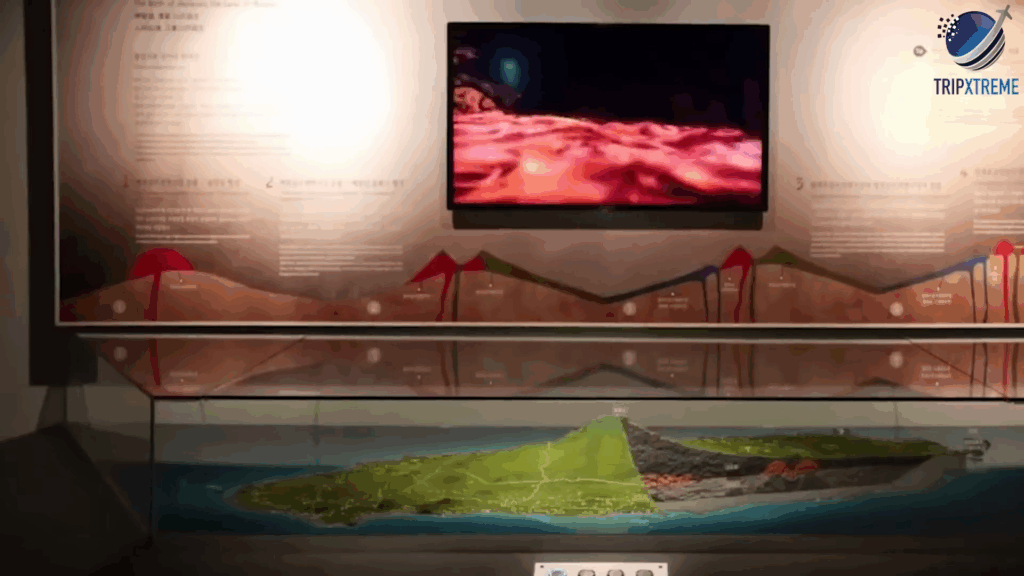
At the 절물 자연휴양림 (Jeolmulle Natural Recreation Forest), nature speaks softly. Here you’ll find Japanese cedar forests, scenic walking paths, photo spots, ponds, even mineral springs. The trail to Jeolmulle Oreum (peak) at 697 m gives you views of Jeju’s east coast on clear days.
Dreamy, calm, and a perfect break from busy itineraries — especially appreciated if you want a little slower pace in your travel.
6. Jeju Folk & Natural History Museum — Dive into Island Culture
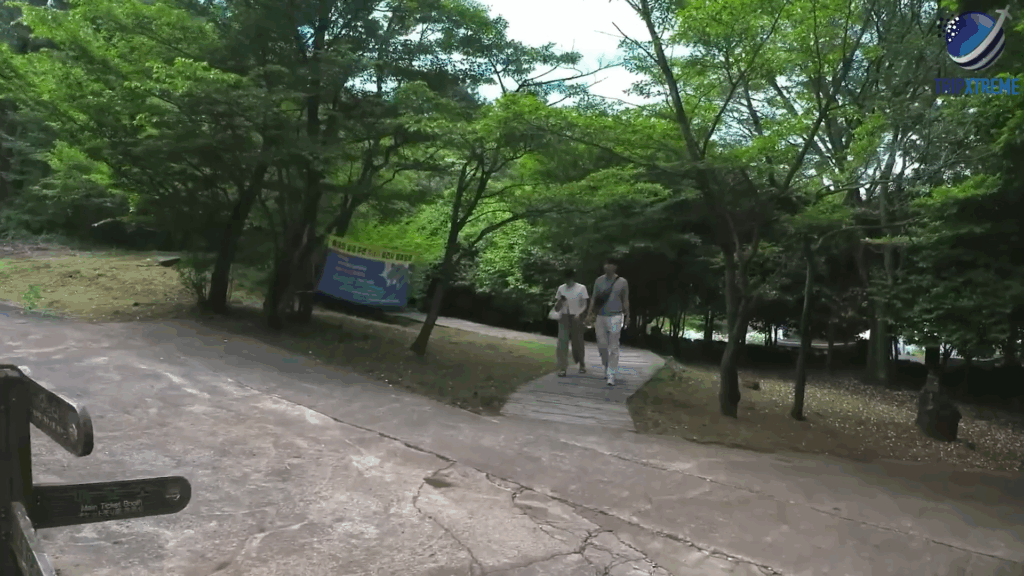
The 제주 민속 및 자연사 박물관 (Jeju Folk & Natural History Museum) comprises four exhibition halls: folk, history, nature, and special resources. You’ll see models of Jeju’s flora and fauna, artefacts of traditional life, and multimedia displays.
Starting your trip here helps you understand the island’s roots, so when you explore later you’re travelling with more knowledge and insight.
7. O’Sulloc Tea Museum — Green Tea Culture at Its Finest
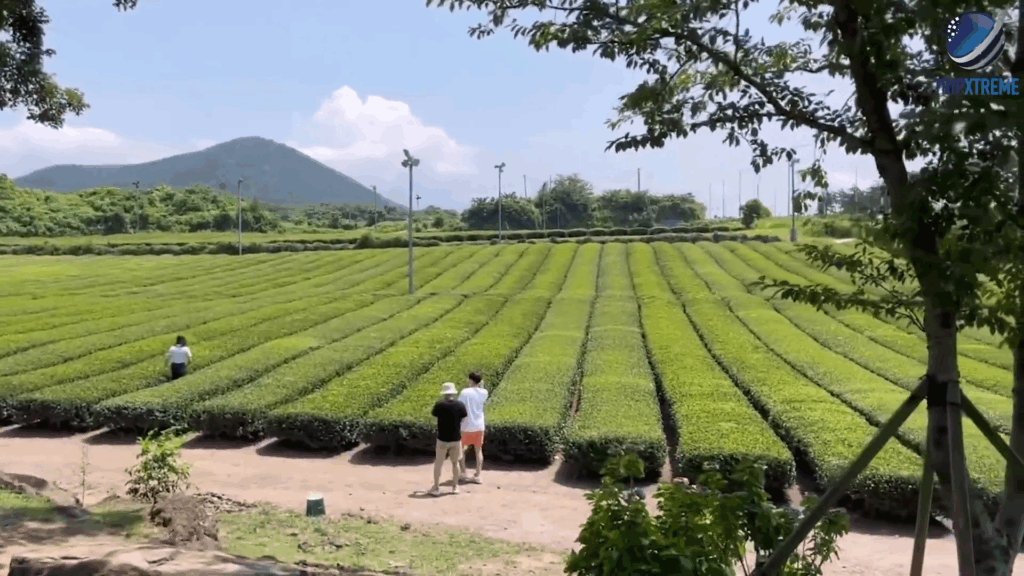
At the 오설록 티뮤지엄 (O’Sulloc Tea Museum), you’ll dive into Korea’s tea tradition. Located near the Surang green tea farm (est. 1979), the museum has exhibits of Joseon-era tea utensils, workshops about tea processing and packaging, and of course a café where you can enjoy green-tea ice-cream, cakes, and latte.
A must for tea lovers, dessert lovers — and anyone who wants a relaxed cultural stop with a great view over the tea fields.
8. Jeju Folk Village Museum — Travel Back in Time

The 제주 민속촌 박물관 (Jeju Folk Village Museum) sprawls across around 150,000 ㎡ and features 117 traditional houses. Wooden, iron and bamboo folk items fill the space. You can rent audio guides (English available) and spend around 4 hours to explore thoroughly.
Walking here feels like stepping back into old Jeju life — a rich immersive experience for culture enthusiasts.
9. Yeomiji Botanical Garden — Indoor Plant Paradise
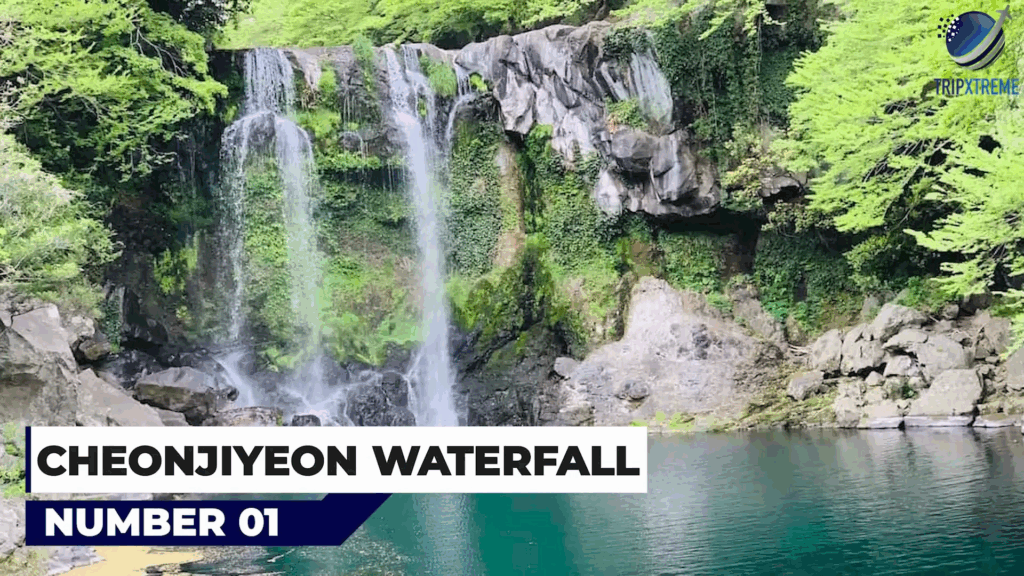
The 여미지 식물원 (Yeomiji Botanical Garden) is a large indoor attraction with themed galleries of cacti, tropical fruits, water lilies and more. With around 2,000 species of rare plants and 1,700 species of flowers and trees, it ranks among Asia’s most beautiful indoor gardens.
An ideal option if the weather is tricky, or if you just want a refreshing break from hiking and outdoors.
10. Cheonjiyeon Waterfall — Nature’s Final Flourish
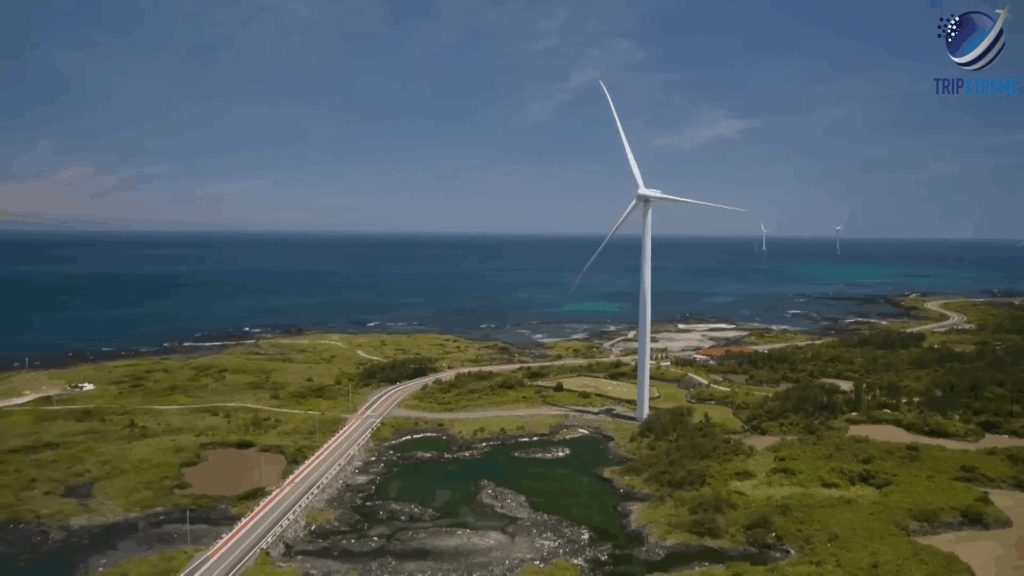
Finally, the 천지연 폭포 (Cheonjiyeon Waterfall) is one of Jeju’s most iconic waterfalls. Its name means “where heaven and earth meet.” The path to the falls is scenic; at night the rocks and water are illuminated, offering a different mood. The 22 m drop and the basin with twin dams that regulate overflow add to the drama.
It’s a serene, majestic ending to your Jeju journey — perfect for winding down your trip.
Why Jeju Island Should Be on Your Travel Radar
Jeju Island blends rugged volcanic nature, serene temples and forests, charming culture and delicious food into one memorable package. From the dramatic sunrise at Seongsan Ilchulbong to quiet tea fields and stone sculpture parks — you’ll experience diverse types of beauty in a relatively compact space. According to tourism resources, Jeju is described as Korea’s “top nature escape” and attracts both domestic and international travellers.
Whether you want outdoor adventure, cultural discovery, or relaxed leisure — Jeju offers it all.
If you’re planning your next trip, maybe let Jeju Island take centre stage. For me, the video made me want to revisit: to climb Seongsan at dawn, to relax at the tea museum, and to feel the power of the waterfall at Cheonjiyeon. Which spot on the list caught your attention most?
